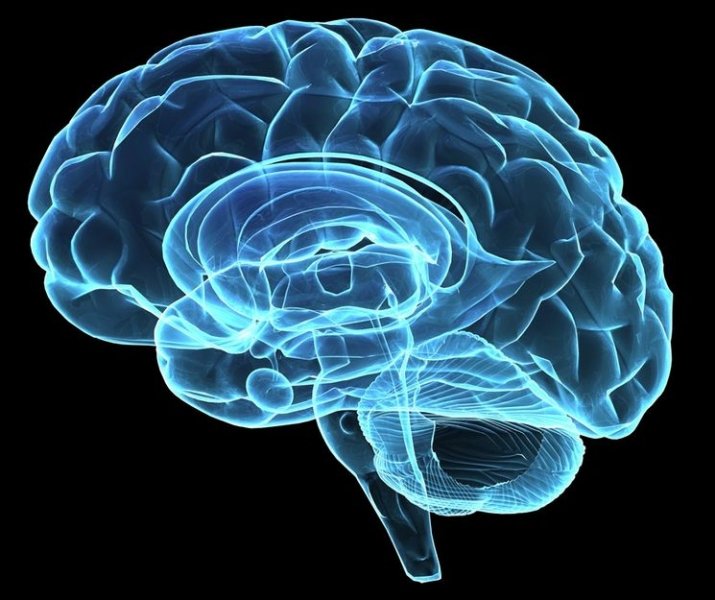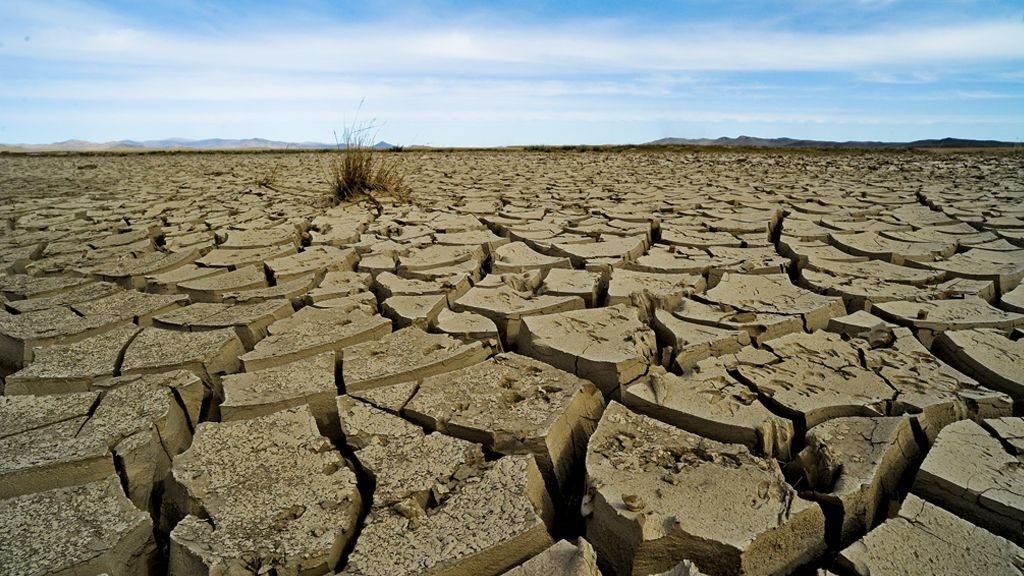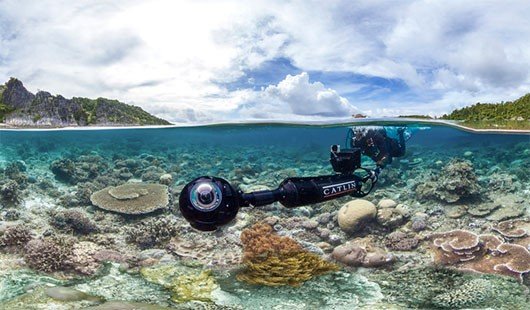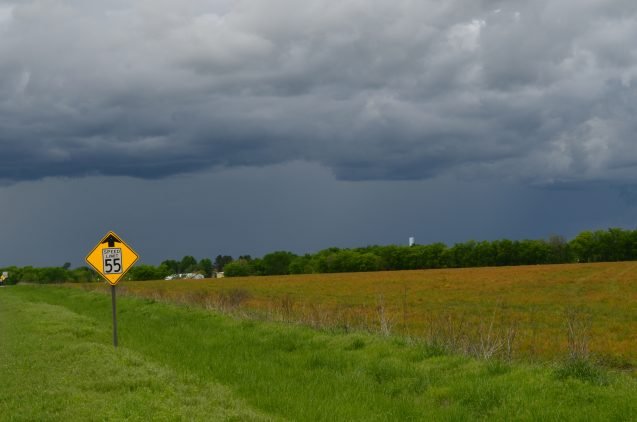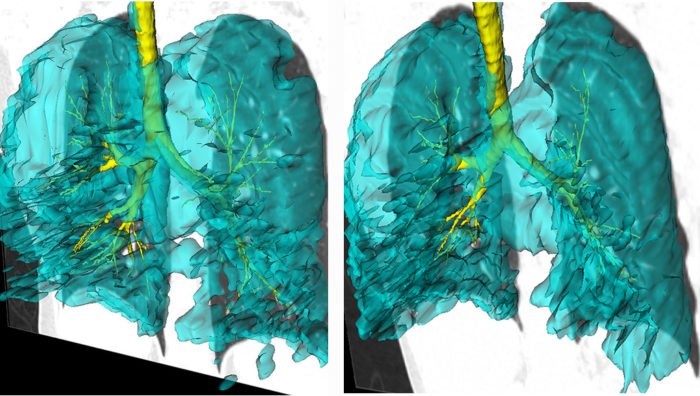New way to make biomedical devices from silk yields better products with tunable qualities
Researchers led by engineers at Tufts University have developed a novel, significantly more efficient fabrication method for silk that allows them to heat and mold the material into solid forms for a wide range of applications, including medical devices. The end products have superior strength compared to other materials, have physical properties that can be … Read more


